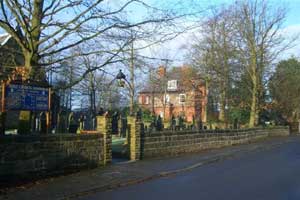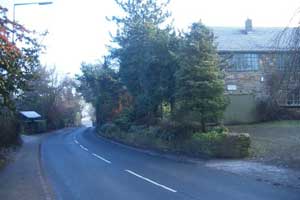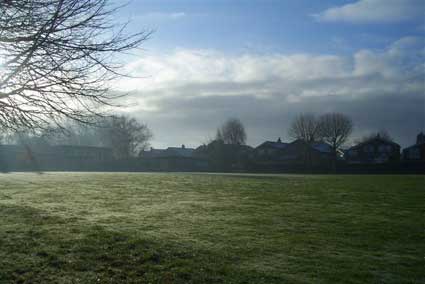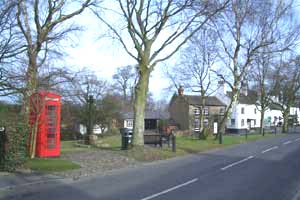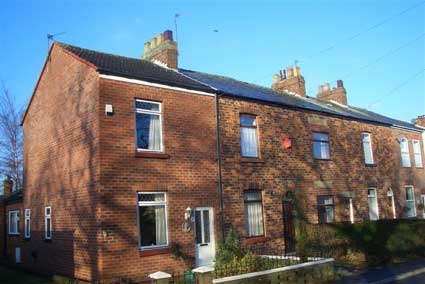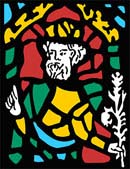

Conservation Area
What is a conservation area?
A Conservation Area is an area of special architectural or historic interest, the character of which is considered worthy of preservation and enhancement. It is a combination of the buildings, street patterns, open spaces, vistas, landmarks and other features which give the area its distinctive character. This character should be the focus of efforts towards preservation and enhancement.
Back Lane
Where is the Newburgh Conservation Area?
The Newburgh Conservation Area was designated by West Lancashire Borough Council in 1972 and was reviewed, in part, in 1977 and again in 1990 and in 2004. The first to be designated in West Lancashire, it covers eight hectares and is defined by development on the A5209, Back Lane and Cobbs Brow Lane.
The area is characterised by the historic core of the village, comprising houses and former farmhouses of the 17th, 18th and early 19th centuries, with some modern houses filling the space in between. On either side of the core, the area features dispersed properties of the 17th to 19th century and modern development, mainly of detached houses.
What are the key features?
Most of the land and property within the Conservation Area is residential, in private ownership. Many of the houses are detached, but are set fairly close to the roadside, creating a sense of close development, though rural in nature. The area of densest development is on Ash Brow, on the south side of the A5209, where 17th to 19th century houses mark the area of the medieval borough.
Ash Brow
Christ Church and Newburgh Church of England School, at the north end of the Conservation Area, are set within the largest open space. The Green is the only other public open space. It is on the side of the ridge on which the village sits, close to the highest point.
Open space in Back Lane
Twenty buildings within the Conservation Area have been recognised as being of special architectural or historic interest and are Grade II listed. (The village as a whole has more than 40 listed buildings).
Other important features are the restored market cross and a telephone box on the Green, both Grade II listed. The cross, built of sandstone, has a square base of three steps, with a 20th century cross inserted in the base. The listing dates the cross as 17th or 18th century, but it may be older as the market dates back to the 14th century. The telephone kiosk, is a K6 type, designed by Sir Gilbert Scott, and made of cast iron with a domed roof.
The Market Cross and telephone box
In 2004 14 houses in Cobbs Brow Lane were added to the Conservation Area. They are brick-built, with low-arched windows and doors, and appear to date to the mid-nineteenth century. The character is of industrial housing and they may have been built for workers at Newburgh Colliery.
Cobbs Brow Lane
For further information on the controls that apply in a Conservation Area and to Listed Buildings, click here
- Source: Newburgh Conservation Area Appraisal, By Egerton Lea Consultancy for West Lancashire Borough Council










